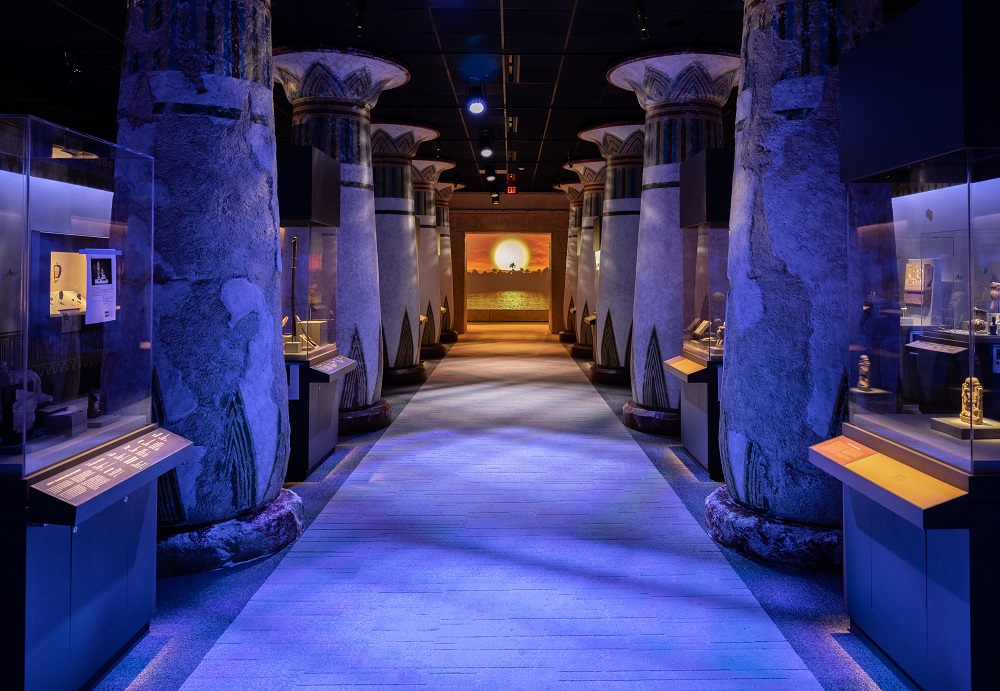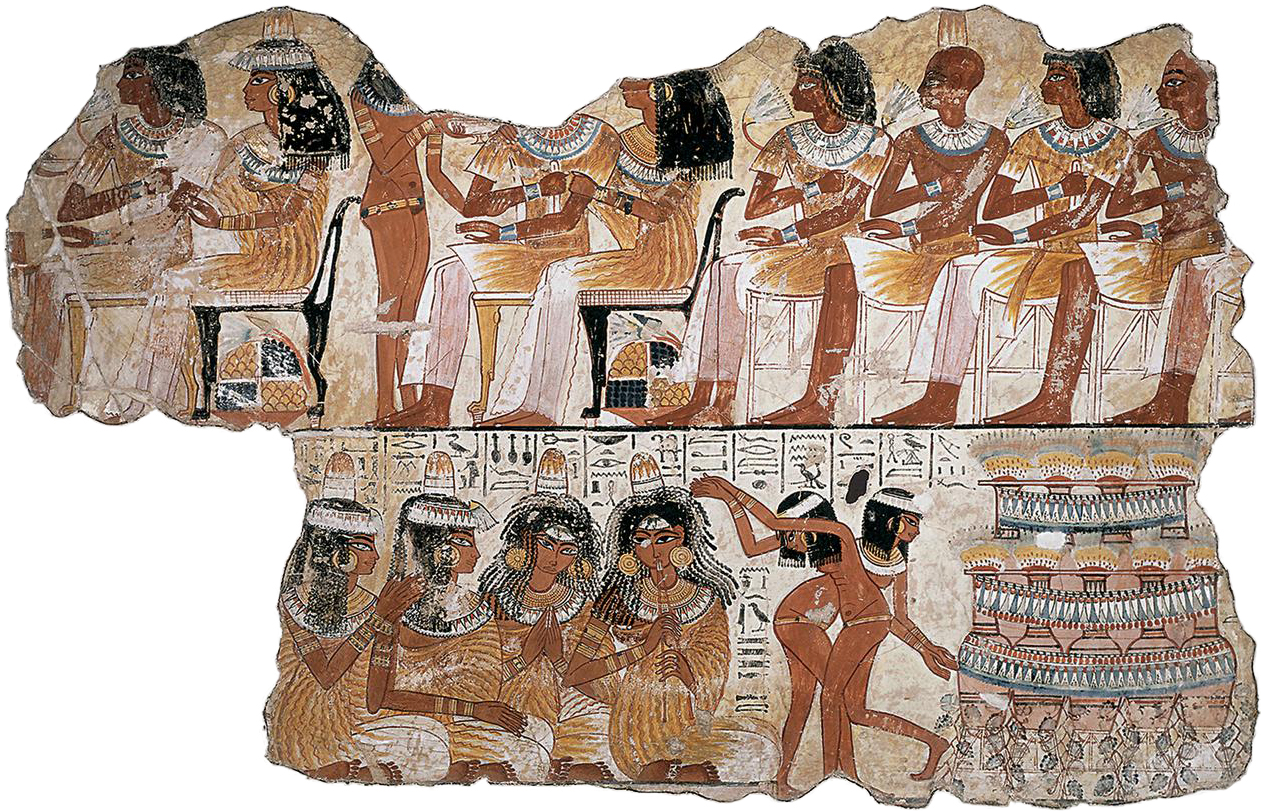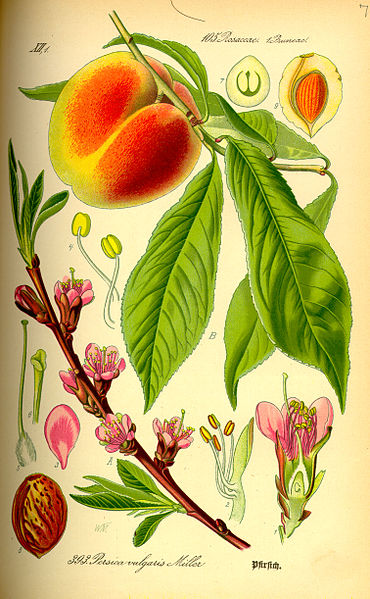Editor’s Note: Peter Lacovara, Senior Curator at Emory University’s Carlos Museum, has worked on numerous expeditions in Egypt and published several books on his work and experience, including The Pyramids and Sphinx, Tombs and Temples of Giza, and Excavating Egypt: Great Discoveries from the Petrie Museum of Egyptology.
Dr. Lacovara earned his Ph.D in Egyptian Archaeology from the Oriental Institute of the University of Chicago. He will be filing periodic reports directly from the field as part of an exciting partnership between HMNS and the Carlos Museum to bring these incredible artifacts to audiences via HMNS’ upcoming Hall of Ancient Egypt.
I am back here at Abydos working with Dr. Janet Richards of the University of Michigan on her excavations at the Middle Cemetery, finishing up the work we started during the Egyptian revolution in January and February 2011. I had come here initially to study the mummified remains from Michigan’s excavations in order to figure out some of the details of the wrappings, which we needed to know to complete the restoration of Emory’s Old Kingdom mummy. In looking through all the material that had been discovered, I realized how important the artifacts were from the tomb of Weni.
Everyone who has studied ancient Egyptian history is familiar with the autobiographical inscription of the official Weni the Elder, dating to Dynasty VI (ca. 2323-2150 B.C.) who, at the end of the Old Kingdom, led an expedition to Nubia. The inscription, carved on a limestone slab, describes Weni’s service under three kings, culminating in his appointment as governor of Upper Egypt. The objects that had come from the burial, though now all sadly in a very fragmentary state, confirm how important an official Weni was and that this was, indeed, his burial place.
By this time, Abydos had grown to be an important cult center, as the worship of the god Osiris had become popular throughout Egypt. As the god of the dead, he played the pivotal role in everyone’s hopes for an afterlife. Being the Mythic first king of Egypt, Osiris was associated with the First Dynasty Royal Cemetery at Abydos. Pilgrims came from all over and left so many small votive cups and jars at the site that its name in Arabic is “Umm el Ga’ab,” or “Mother of Pots.”
People estimate that there may have been as many as 8 million offering vessels brought here.









